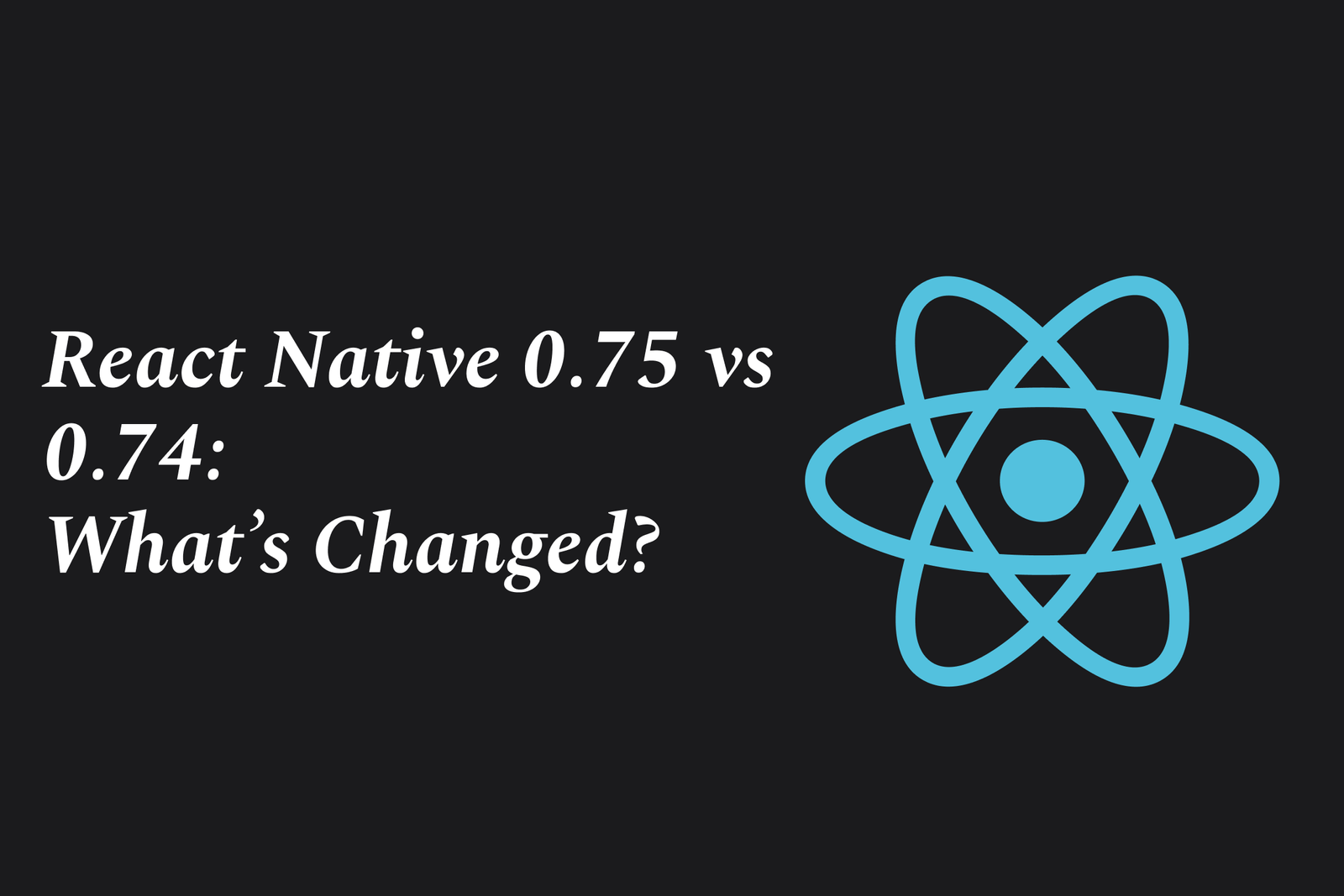Why React Native Remains the Favorite for Cross-Platform UI
React Native remains a favorite for cross-platform UI because it enables developers to build high-quality mobile apps for both iOS and Android using a single JavaScript codebase, offering near-native performance, faster development, cost-efficiency, and strong community support.
Why React Native Remains The Favorite for Cross Platform UI
1 ) Introduction to React Native
React Native is an open source framework developed by Facebook that enables developers to build mobile applications for both iOS and Android using a single JavaScript codebase. It allows apps to have a native look and feel by utilizing real mobile components, which facilitates faster development and easier updates.
2 ) Key Benefits of React Native
Fast and Efficient Development: Developers can write code once and deploy it on multiple platforms, significantly reducing development time from months to weeks.
Hot Reload Feature: Enables real time updates during development without losing the application state, accelerating the testing and debugging process.
Cost Effectiveness: Significant code reuse (up to 90%) across platforms reduces duplication of efforts and maintenance costs.
Support for Third Party Plugins: React Native’s flexibility allows seamless integration with third party extensions enhancing customization, unlike many other frameworks with security restrictions.
Next Level Rendering: Offers dynamic rendering performance for front end components to create smooth and responsive UIs.
3 ) React Native vs. Native and Other Cross Platform Frameworks
While native development offers the best performance and UI customization, React Native strikes a balance by providing near native performance with faster build times and easier maintenance. Its open source nature and strong backing by tech giants like Facebook, Instagram, and Airbnb contribute to its robustness and continual improvement. Compared to alternatives like Flutter, React Native benefits from extensive JavaScript ecosystem and developer familiarity.
4 ) Challenges and Best Practices
React Native requires expertise to navigate native dependencies and achieve optimal UI customization. Challenges include handling complex native features and ensuring performance stability. Experienced development teams can leverage both React Native CLI and Expo to build scalable and maintainable projects efficiently.
5 ) Current Industry Usage and Future Outlook
React Native remains a top choice for cross platform mobile UI development due to its efficiency and community support. It continues to evolve with improvements like Fabric UI and TurboModules to support complex application needs and scalable architectures.
6 ) Partnering for Success
Successful React Native development requires not only technology but strategic partnership. Experienced service providers like Promatics India offer deep expertise in React Native, helping navigate its nuances to deliver high quality apps aligned with business goals.
Summary
React Native maintains its popularity as the favored framework for cross platform UI development by delivering native like performance, fast and cost effective development cycles, and excellent community support. Its balance of flexibility and efficiency ensures it remains a leading choice for companies aiming to build scalable, high quality mobile apps for multiple platforms without duplicating efforts.
https://justacademy.in/news-detail/flutter-europe-2025-announcements
https://justacademy.in/news-detail/top-animation-packages-for-flutter
https://justacademy.in/news-detail/flutter-web-performance-benchmarks
https://justacademy.in/news-detail/flutter-theme-extensions-in-latest-version
https://justacademy.in/news-detail/google-play-pass-subscription-news
Related Posts
Java supports GDPR and data privacy by enabling secure data handling through encryption, controlled access, and precise data management. It allows developers to minimize PII exposure, ensure data confidentiality, and design workflows that comply with data protection regulations effectively.
Java code quality tools have evolved to include advanced static analysis, integrated security checks, and AI-powered code reviews. These updates help developers detect bugs, enforce coding standards, and enhance security, streamlining the development process and improving overall code reliability.
Java remains a cornerstone in big tech companies, evolving with modern features like records, pattern matching, and virtual threads. Its robust ecosystem, enhanced performance, and growing AI integrations keep it vital for both legacy systems and innovative new projects.
Java and CI/CD pipeline optimizations streamline Java application development by automating builds, tests, and deployments. They improve efficiency through parallelization, caching, and secure secrets management, enabling faster feedback loops and more reliable, scalable software delivery.
Java supports modern cryptography standards through its flexible Java Cryptography Architecture (JCA), enabling integration of advanced algorithms like AES, EdDSA, and post-quantum tools. Libraries like Bouncy Castle offer FIPS-certified, hardware-accelerated implementations for secure development.
Java 23 enhances record patterns by enabling concise, direct destructuring of record components within pattern matching, simplifying type checks and data extraction. This improvement boosts code readability and expressiveness by reducing boilerplate in handling immutable data classes.
Java remains a top choice for mobile app backends, powering scalable, secure, and high-performance server-side solutions. Latest trends include cloud-native microservices, reactive programming, and enhanced JVM optimizations, enabling efficient, flexible, and robust mobile backend development.
Java SE 24 and LTS Java SE 21 offer enhanced features and performance, while Apache Spark 4.0.0 introduces Scala 2.13 support and advanced ML and SQL capabilities. Together, they empower developers to build scalable, high-performance data applications with modern tools.
JUnit 5 modernizes Java testing with a modular architecture, improved assertions, and seamless Java 8+ support. Beyond JUnit, tools like Mockito and AssertJ enhance mocking and assertions, creating a powerful, flexible ecosystem for writing clean, efficient Java unit tests.
Java plays a pivotal role in cloud automation tools by providing a robust, platform-independent language used to build scalable automation frameworks like Jenkins and Selenium, enabling efficient CI/CD pipelines, testing, and orchestration across diverse cloud environments.










